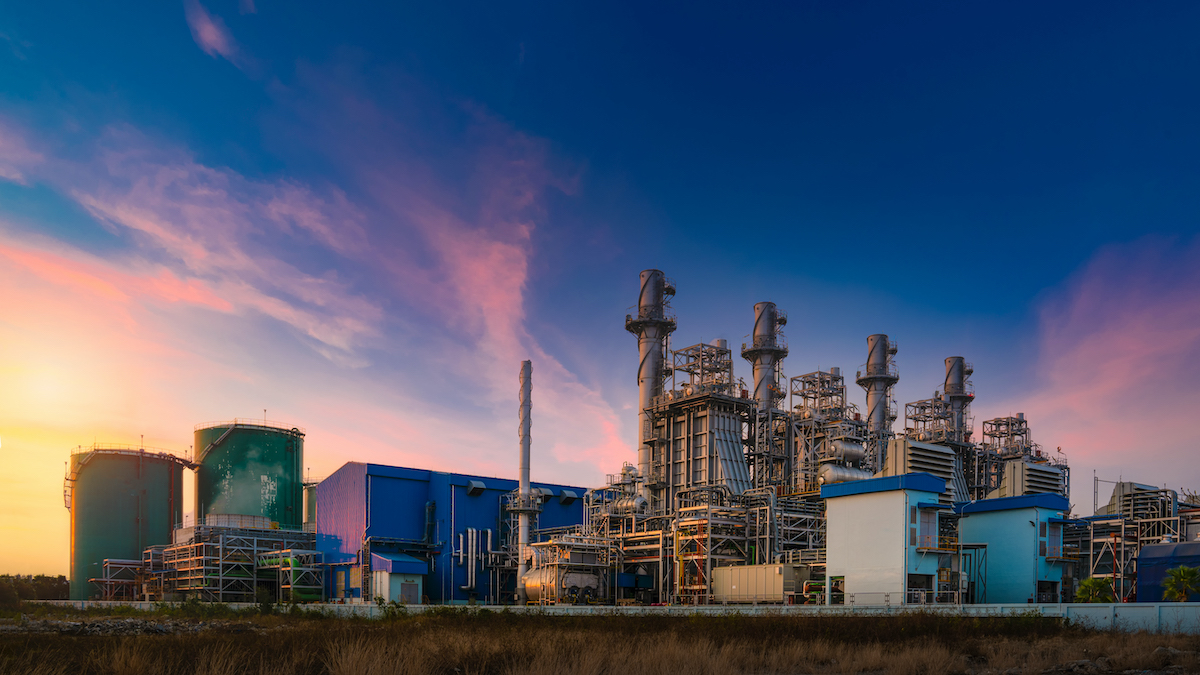Digital Transformation of an Energy Plant | SPONSORED
Located in Flintshire, North Wales, Connah’s Quay rests on the south bank of the River Dee. The current gas-fired power station was commissioned in 1996, although electricity generation activities have been operated on the land as far back as 1954, when it was originally home to a coal-fired plant. The changes the site has seen since those early days are testament to the ongoing evolution of how Britain’s energy needs are met.
In today’s energy landscape, Connah’s Quay has a vital role to play, efficiently and flexibly providing reliable energy – when the sun isn’t shining, and the wind isn’t blowing.
The story of energy at Connah’s Quay is one of adaptation, evolution and flexibility – a journey from coal to gas, and from constant 24-hour supply to agile response.
Digital Transformation in the UK Energy Sector
Supply security is as essential as ever in a world where the drive to decarbonize and provide cost-effective solutions continues apace. Variable demand and the intermittent supply from renewable power sources require agile and adaptable energy provision. Thanks to engineering ingenuity and capital investments geared towards reliability, flexibility and efficiency, Connah’s Quay can now be activated at short notice and its output scaled up or down as necessary to smooth out peaks and valleys in the energy system.
Continued advancements in technology and innovative solutions will potentially provide a new way to meet the challenges of intermittency, storage and delivery of Britain’s energy needs, when and where needed. In the near-term, gas-fired power stations like Uniper’s Connah’s Quay CCGTs (Combined cycle gas turbine) plant offer a tried and tested, cost effective, and flexible way of helping ensure Britain’s lights can be kept on.
Net Zero Emissions
The UK and Welsh Governments’ commitments to net zero emissions by 2050 require at-scale production and distribution of new, clean energy sources such as hydrogen.



